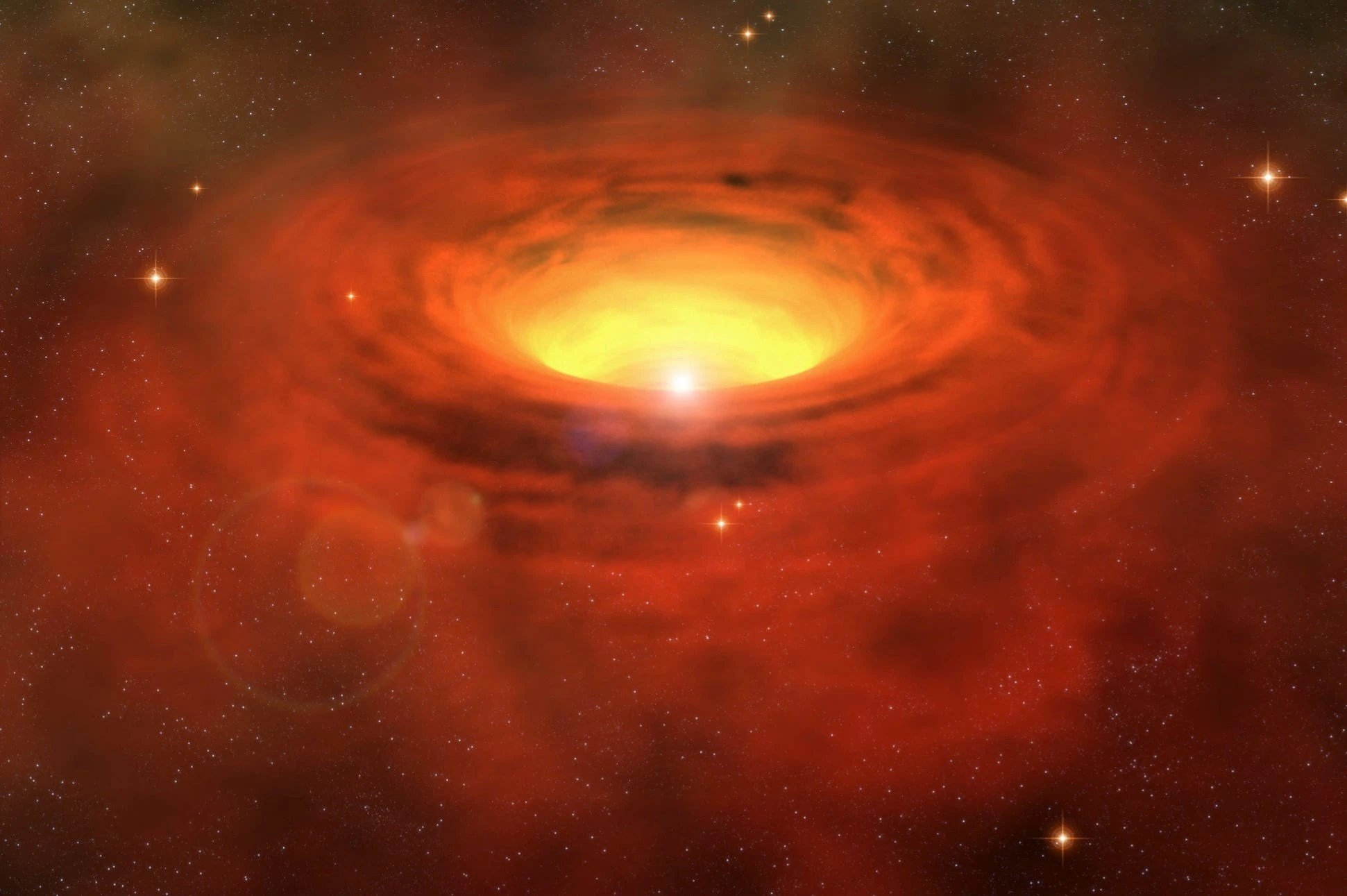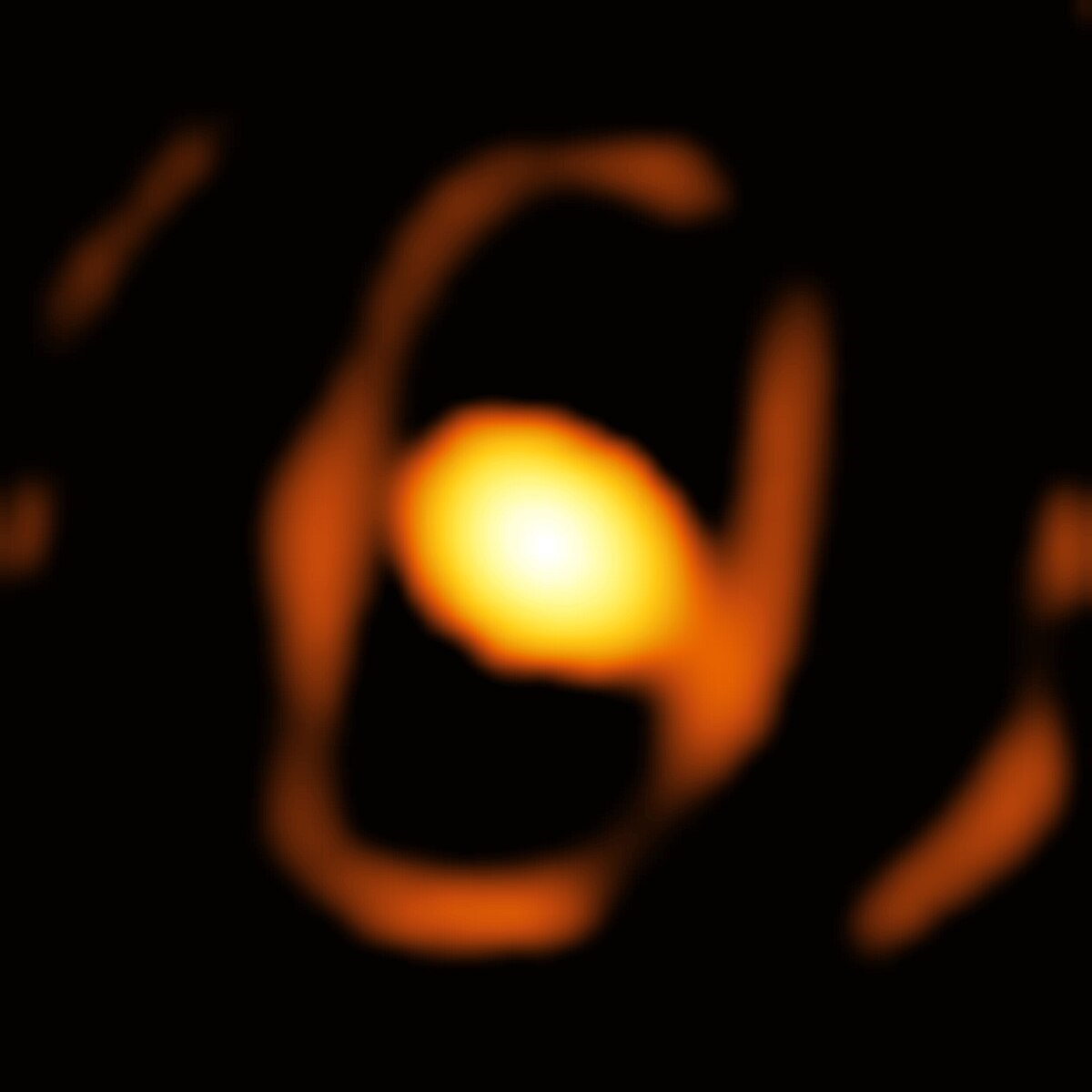See Full Size
The last moments of the “giant” star before the supernova
astrophysicist from Universidad Andrés Bello in Chile Keiichi Ohnakastated that the new images obtained reveal the cloud of gas and dust around a star that is preparing to become a supernova. “For the first time, we managed to take a zoomed-in image of a dying star in a galaxy outside the Milky Way.” said Ohnaka, and the surroundings of this star are egg-shaped He said that a cocoon had been discovered. It is thought that this cocoon may be related to the star ejecting material before it explodes.
See Full Size
What is a supernova?
For those who don’t know, a supernova, an incredibly powerful explosion that occurs in the final stage of a star’s life, occurs when the star’s nuclear fuel runs out and the external forces that balance the internal pressure collapse. Supernovae are some of the brightest events in the universe; For short periods of time, they can be billions of times brighter than the Sun. After the supernova, the star’s core collapses, leaving behind a neutron star or a black hole, depending on its mass. The outer layers of the star are scattered into space, forming a supernova remnant; These clouds of gas and dust become the raw material for new star and planetary systems.
Waited for years for this photo
Astronomers carried out the first studies to understand the features of the star in 2005 and 2007. However, achieving a clear image of the star became possible with the development of GRAVITY, one of VLTI’s second generation instruments. The new images reveal that the star has faded significantly over the last decade. Scientists describe this as a way to observe the evolution of a star in real time.a unique opportunity” he describes it as.
Red supergiants such as WOH G64 undergo a process that can last thousands of years by shedding their outer layers in the form of gas and dust in the final stages of their lives. It is thought that these dramatic changes in the star may accelerate the process of its explosion into a supernova. Scientists think that material ejected from the star may also be responsible for the dimming and the unexpected shape of the dust cocoon around the star. The egg-shaped dust cloud surprised scientists because previous observations and computer models had predicted a different shape.
It is thought that this anomaly may be caused by the possibility that the star has a companion star or by an unknown effect in the processes of ejecting matter. Although the star’s gradual fading makes it difficult to capture more close-up images, future updates of the VLTI (such as the GRAVITY+ project) promise to overcome these obstacles.
This news our mobile application Download using
You can read it whenever you want (even offline):




